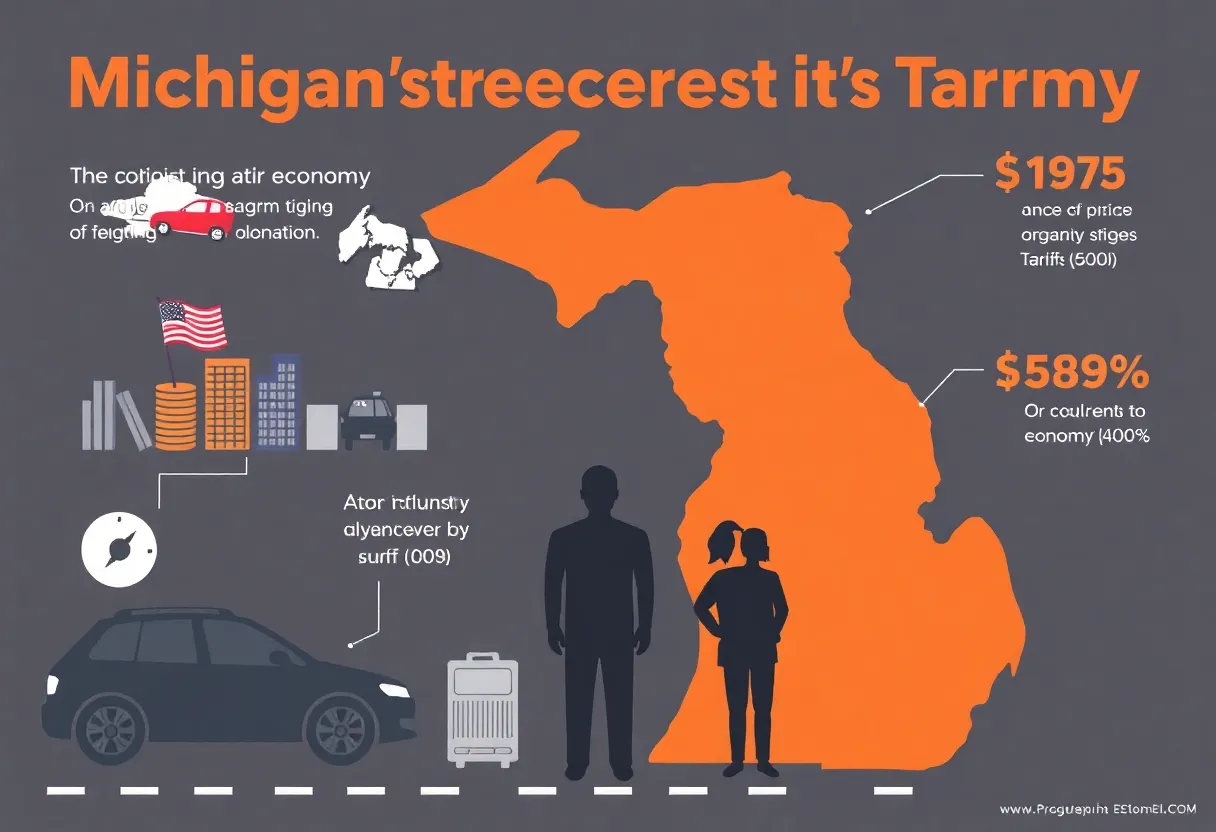News Summary
As destination marketing organizations (DMOs) prepare for 2025, a new report from Sojern sheds light on their challenges and opportunities. With 85% maintaining or increasing digital ad budgets and a significant reliance on social media, DMOs face the need to align KPIs with their goals. Emerging technologies like AI present solutions, but data utilization remains a challenge. The report also notes trends in Europe, highlighting co-op marketing growth and the need for innovative strategies.
Report Highlights Challenges and Opportunities for Destination Marketing Organizations by 2025
As we look ahead to 2025, destination marketing organizations (DMOs) are navigating a landscape full of both challenges and opportunities. A recent report from Sojern, titled “State of Destination Marketing 2025,” highlights the hurdles DMOs are facing amidst rapid technological change and the constant quest to measure the return on investment from their promotional strategies.
Understanding DMOs and Their Current Struggles
DMOs play a vital role in promoting tourism and helping their destinations shine. But the current digital marketing environment is complex and constantly evolving. According to the report, a significant 85% of DMOs are either maintaining or increasing their digital advertising budgets year after year. This shows a strong commitment to reaching audiences where they spend most of their time: online.
Interestingly, about 83% of these organizations are turning to programmatic advertising, which is prized for its trackable characteristics. This method helps DMOs keep tabs on how their ads perform in a way that traditional methods simply can’t.
Peak Social Engagement but KPI Misalignment
DMOs are increasingly relying on social media marketing, with a whopping 91% utilizing it. This platform ranks among the top five channels for virtually all respondents (99%). Yet, even with this focus, there’s a mismatch between what DMOs track (like content engagement and clicks) and their ultimate goals, such as boosting bookings.
It’s easy to get caught up in metrics like clicks and impressions, but as Sojern points out, these numbers don’t tell the whole story. They’re easier to measure but often fall short of showcasing the true success of a campaign. For DMOs to justify their contributions fully, aligning digital key performance indicators (KPIs) with actual organizational goals is essential.
Emerging Tech: A Double-Edged Sword
Despite the challenges, there’s a silver lining. The report discusses how emerging technology can help DMOs overcome issues, like leveraging location data for improved targeting and performance measurement. It’s fascinating to see that 63% of DMOs are already using artificial intelligence for content creation. However, only 28% are deploying AI for data analysis, suggesting a significant gap that needs to be filled to truly harness the tech’s potential.
Moreover, over half of these organizations (52%) are making a strategic shift toward always-on campaigns instead of traditional seasonal approaches. This could be a game-changer, as it aims to enhance brand awareness constantly, rather than intermittently.
Room for Improvement in Personalization
As personal touch continues to be a significant part of marketing, only 15% of DMOs have adopted advanced personalization techniques that allow for real-time adjustments across channels. This leaves a wide-open field for improvement as more data becomes available.
Rising Challenges in Data Utilization
Among the various hurdles, over half of DMOs (51%) report facing challenges in data analysis, while 45% struggle to convert that data into actionable strategies. This gap can be detrimental as destinations strive to be more responsive and resonate with potential visitors.
The European Perspective and Co-op Marketing Trends
Interestingly, the report highlights a growing trend in Europe, where co-op marketing participation has increased by 16% year over year. This collaborative approach could serve as a model for DMOs elsewhere looking to broaden their marketing efforts efficiently.
Investing in the Future
DMOs are also starting to explore emerging marketing formats. Connected TV and short-form video are becoming hot options for engaging consumers and are gaining more traction among DMOs. This diversification of channels allows organizations to craft unique narratives around their destinations.
Tools and Resources to Meet Challenges
In light of the many challenges, DMOs are encouraged to demonstrate their value clearly to ensure continued funding and operational stability. Tools such as DI’s Meetings Information Network (MINT+) offer reliable data to help organizations identify suitable business events. The Event Impact Calculator (EIC) is another valuable resource, quantifying the economic value of events while aiding organizations in advocating effectively for their impact.
The future looks promising, with programs focusing on sustainable development and diversity, equity, and inclusion practices. All of these tools and resources can significantly help DMOs build a more robust and effective marketing strategy as they stride toward 2025 and beyond.
Deeper Dive: News & Info About This Topic
HERE Resources
Additional Resources
- Phocuswire
- Wikipedia: Destination Marketing Organization
- Hotel News Resource
- Google Search: Destination Marketing 2025
- Travel and Tour World
- Google Scholar: Destination Marketing Challenges
- Skift
- Encyclopedia Britannica: Destination Marketing
- Travel Weekly
- Google News: Destination Marketing Trends








